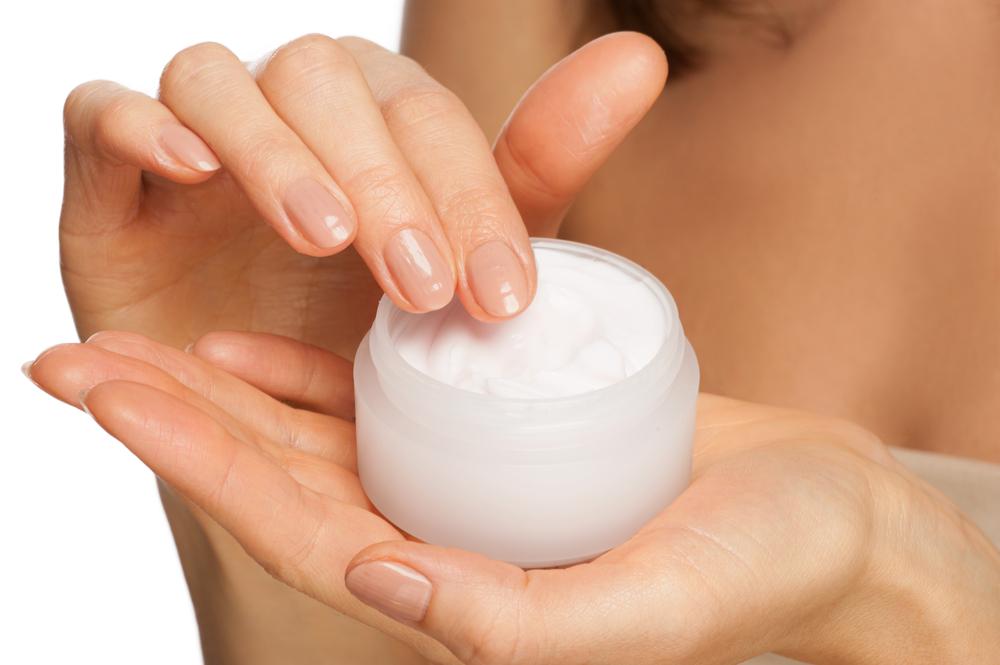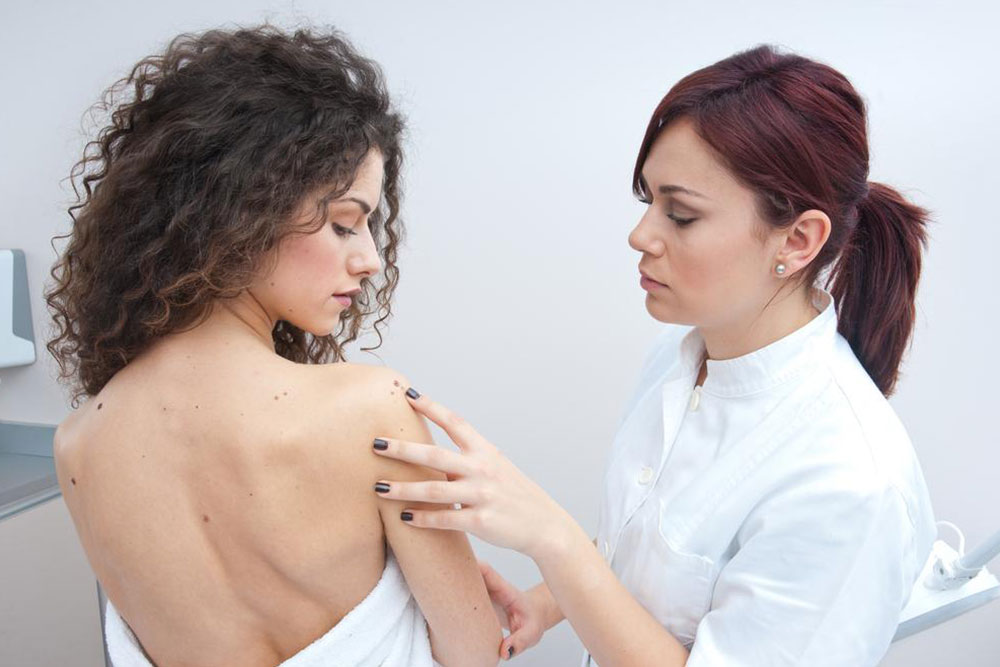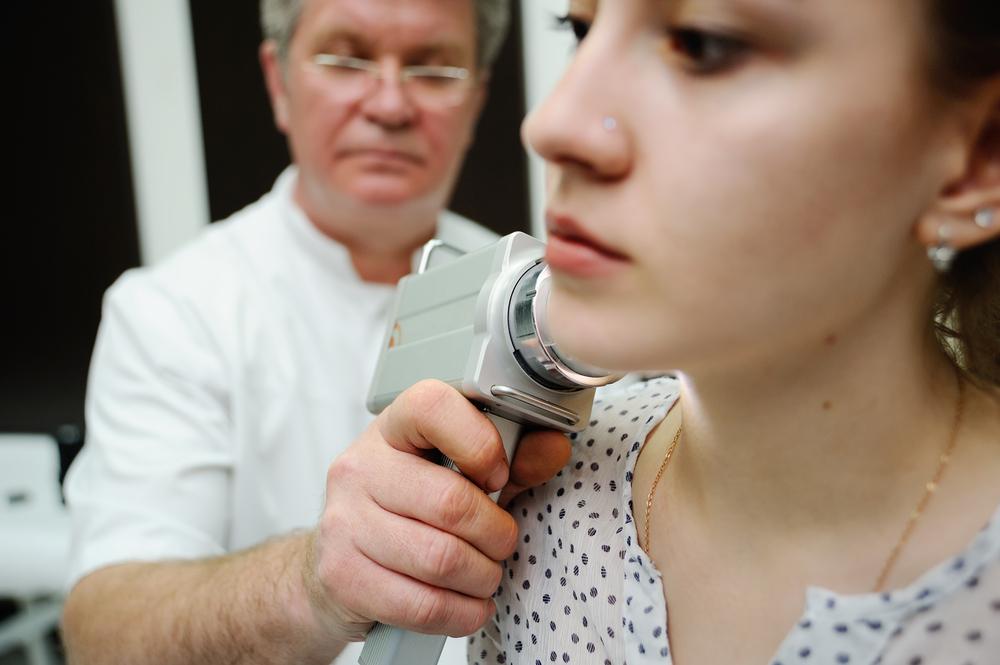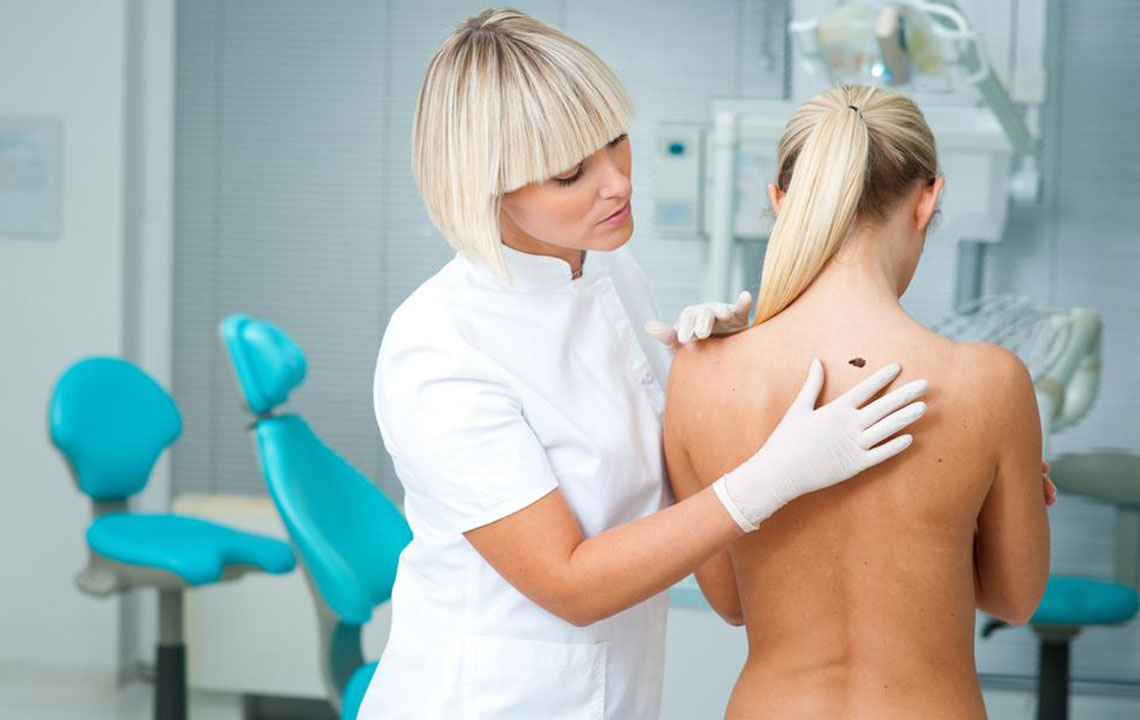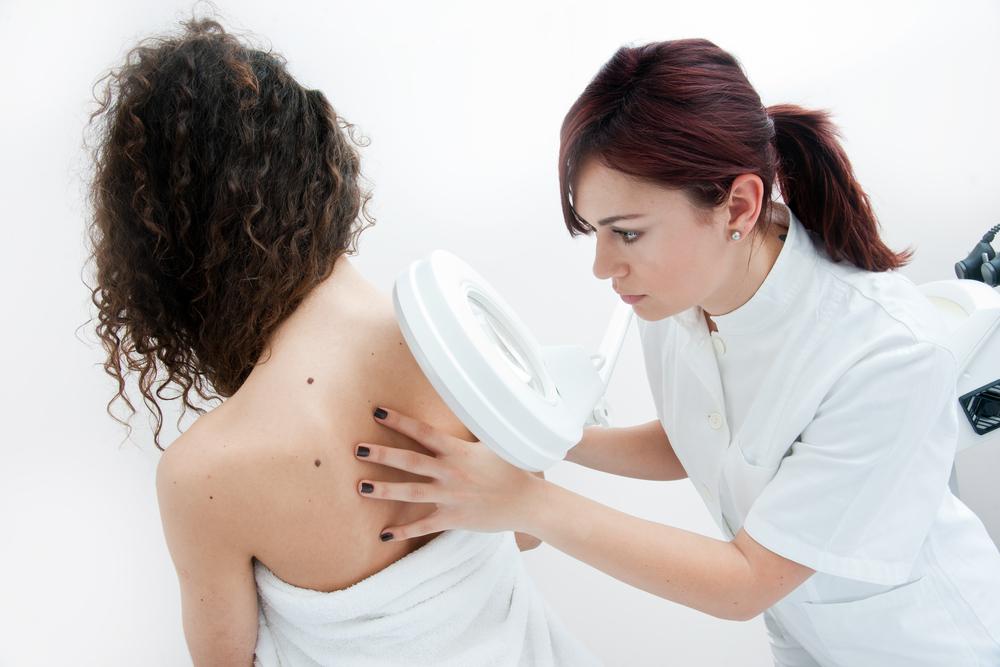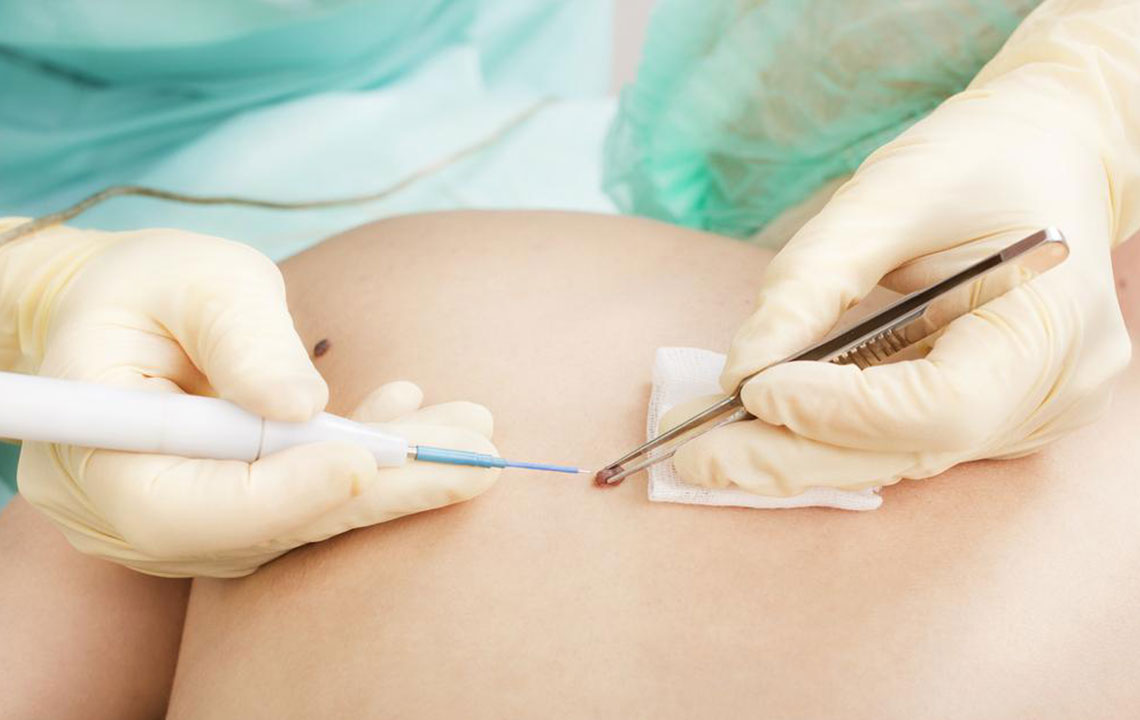Effective Ways to Lower Your Melanoma Risk and Protect Your Skin
Learn effective and practical strategies to significantly reduce your risk of melanoma. This comprehensive guide emphasizes sun safety, proper clothing, sunscreen use, avoiding tanning beds, and regular skin checks. Implementing these habits can greatly improve your skin health and prevent serious skin cancer outcomes. Protecting your skin from UV damage is crucial for long-term health, and this article provides detailed insights and actionable steps to help you stay safer under the sun. Stay informed and prioritize your skin’s health today.
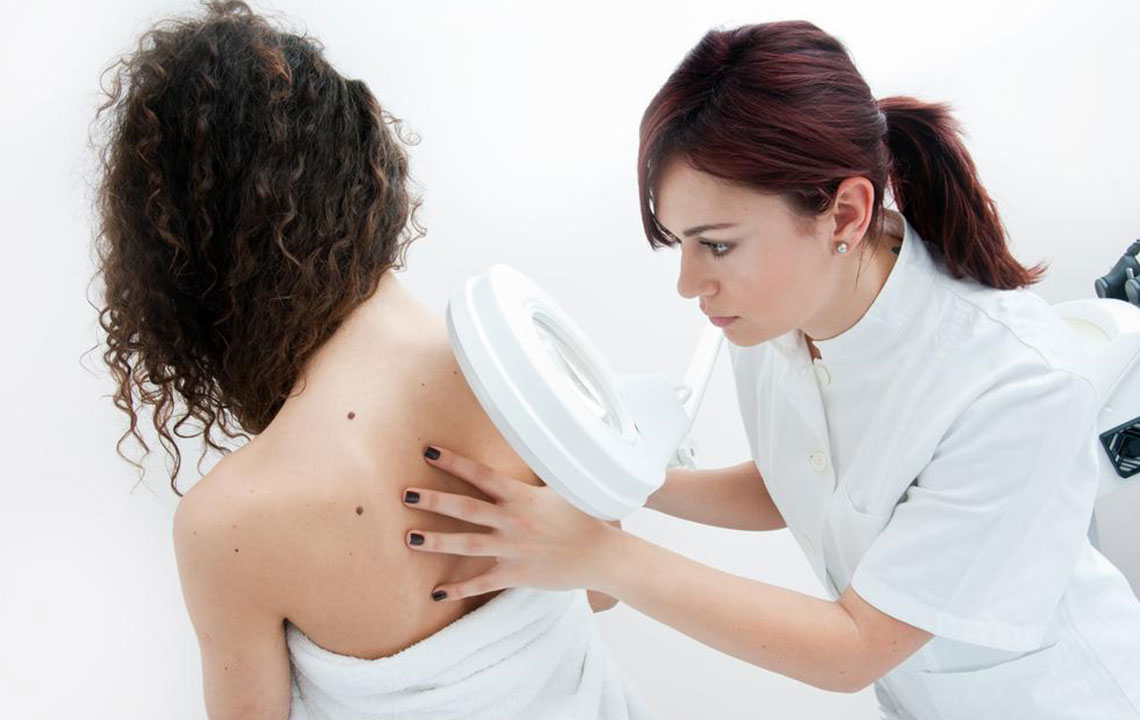
Effective Ways to Lower Your Melanoma Risk and Protect Your Skin
Melanoma, one of the most aggressive forms of skin cancer, originates from pigment-producing cells in the skin known as melanocytes. Despite advances in medical treatments, prevention remains the most effective strategy to combat this serious health threat. Many individuals are unaware of how their daily habits can influence their risk factors, making education and proactive behaviors essential. Fortunately, adopting certain simple yet impactful precautions can significantly decrease your likelihood of developing melanoma, thereby safeguarding your overall health and well-being.
This comprehensive guide highlights several evidence-based strategies that are easy to incorporate into your daily routine. From managing sun exposure to monitoring your skin regularly, these methods are designed to empower you with knowledge and practical steps to prevent melanoma effectively.
Understanding the importance of these practices and implementing them consistently can make a tangible difference in your health outcomes. Let's explore the top strategies that can help you minimize your melanoma risk and maintain healthier skin for years to come.
1. Limit Sun Exposure During Peak Hours
The most crucial step in preventing melanoma is to be mindful of your sun exposure, especially during the peak hours when ultraviolet (UV) radiation is at its strongest. UV rays are most intense between 10 a.m. and 4 p.m., and exposure during these hours can cause significant skin damage, including sunburns and tanning, which are both risk factors for melanoma.
To protect your skin, try to schedule outdoor activities either early in the morning or later in the afternoon when UV radiation levels are lower. If you must go outside during peak hours, take additional precautions such as seeking shade and wearing protective clothing.
2. Consistently Apply Broad-Spectrum Sunscreen
Using a high-quality sunscreen is one of the most effective measures for skin cancer prevention. Choose a broad-spectrum sunscreen that shields against both UVA and UVB rays with a Sun Protection Factor (SPF) of at least 15, although SPF 30 or higher is recommended for maximum protection.
Apply sunscreen generously to all exposed skin at least 15 minutes before going outdoors. Reapply every two hours, or more frequently if swimming or sweating heavily. Don't forget areas like the ears, back of the neck, and tops of the feet, which are often overlooked but vulnerable to UV damage.
3. Dress Properly for Sun Safety
Clothing can serve as an effective physical barrier against harmful UV rays. Wearing lightweight, long-sleeved shirts, wide-brimmed hats, and full-length pants can significantly reduce skin exposure, especially during midday hours. There are also UV-protective clothing options available that offer additional defense.
Choose clothing with tight weaves and dark colors, which tend to block more UV radiation. Sunglasses with UV protection are also essential to shield sensitive skin around your eyes and prevent UV-induced eye damage.
4. Steer Clear of Indoor Tanning Devices
Indoor tanning beds emit concentrated UV radiation, which has been conclusively linked to an increased risk of melanoma. Studies indicate that using tanning beds can raise the risk of developing melanoma by up to 75%, especially when used before the age of 30.
Despite the allure of a tanned appearance, avoiding tanning beds is a vital step in skin cancer prevention. Embrace natural skin tones and consider sunless tanning alternatives that do not involve UV exposure.
5. Perform Regular Skin Self-Examinations
Early detection of melanoma significantly improves treatment outcomes. Make it a routine to examine your skin monthly, paying close attention to any new moles or changes in existing ones. Look for asymmetry, irregular borders, multiple colors, diameter larger than a pencil eraser, or any change over time—commonly summarized by the ABCDEs of melanoma.
If you notice any suspicious lesions or unusual skin changes, consult a dermatologist promptly. Professional skin exams and biopsies can confirm diagnoses early, increasing the chances of successful treatment.
Additional Lifestyle and Natural Approaches
In addition to protective clothing and sunscreen, maintaining a healthy lifestyle can bolster your skin’s resilience. Eating a diet rich in antioxidants, such as vitamins C and E, can help repair skin damage caused by UV exposure. Staying well-hydrated supports skin health, while avoiding smoking and excessive alcohol consumption also contributes to overall skin integrity.
Some natural remedies, like applying aloe vera or using antioxidant-rich topical products, may soothe sun-damaged skin, although their preventive effects are not substitutes for physical sun protection methods.
Protecting yourself from melanoma involves a combination of cautious behavior, awareness, and regular skin health monitoring. By adopting these comprehensive strategies, you can significantly reduce your risk and enjoy healthier, more resilient skin for the long term.
